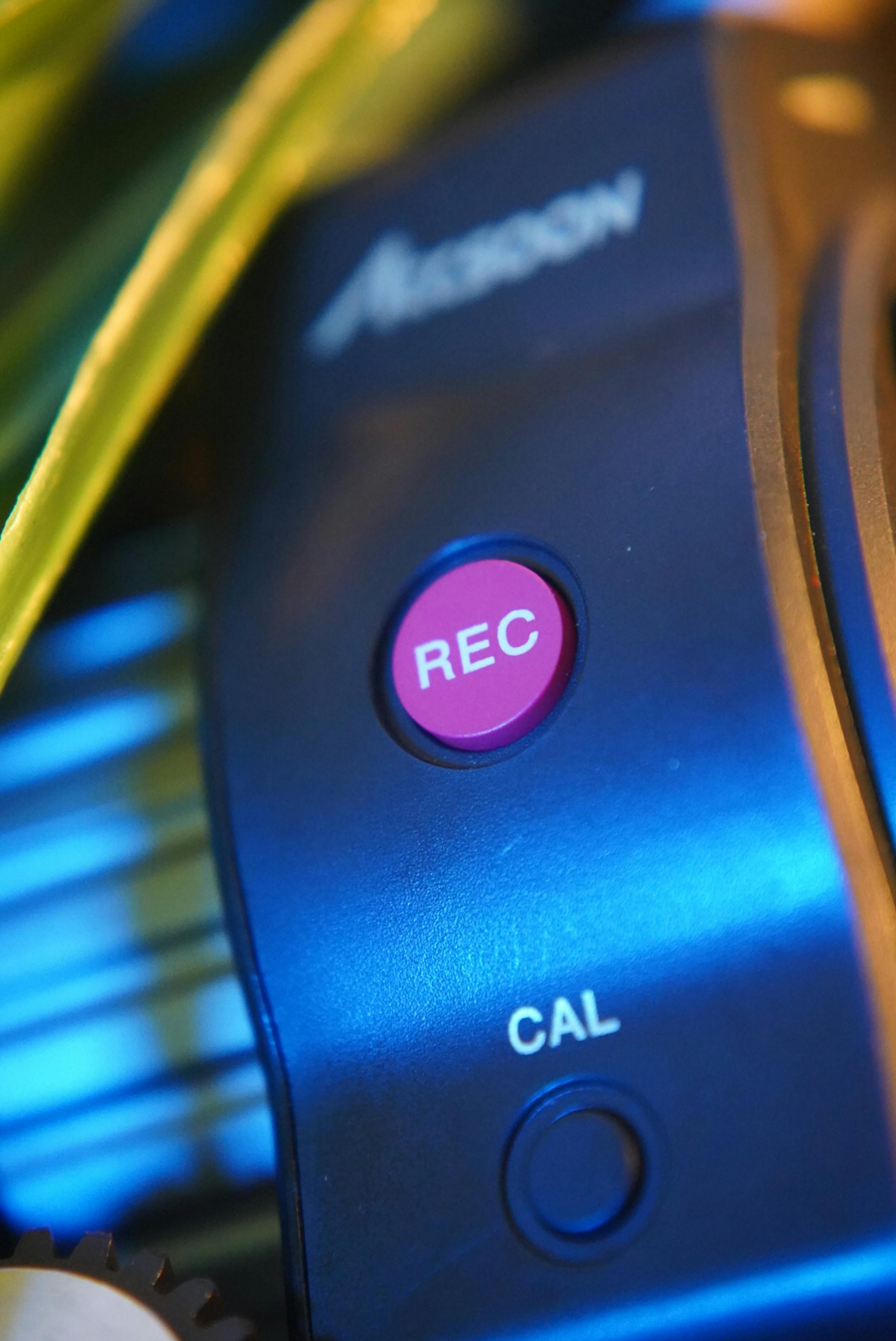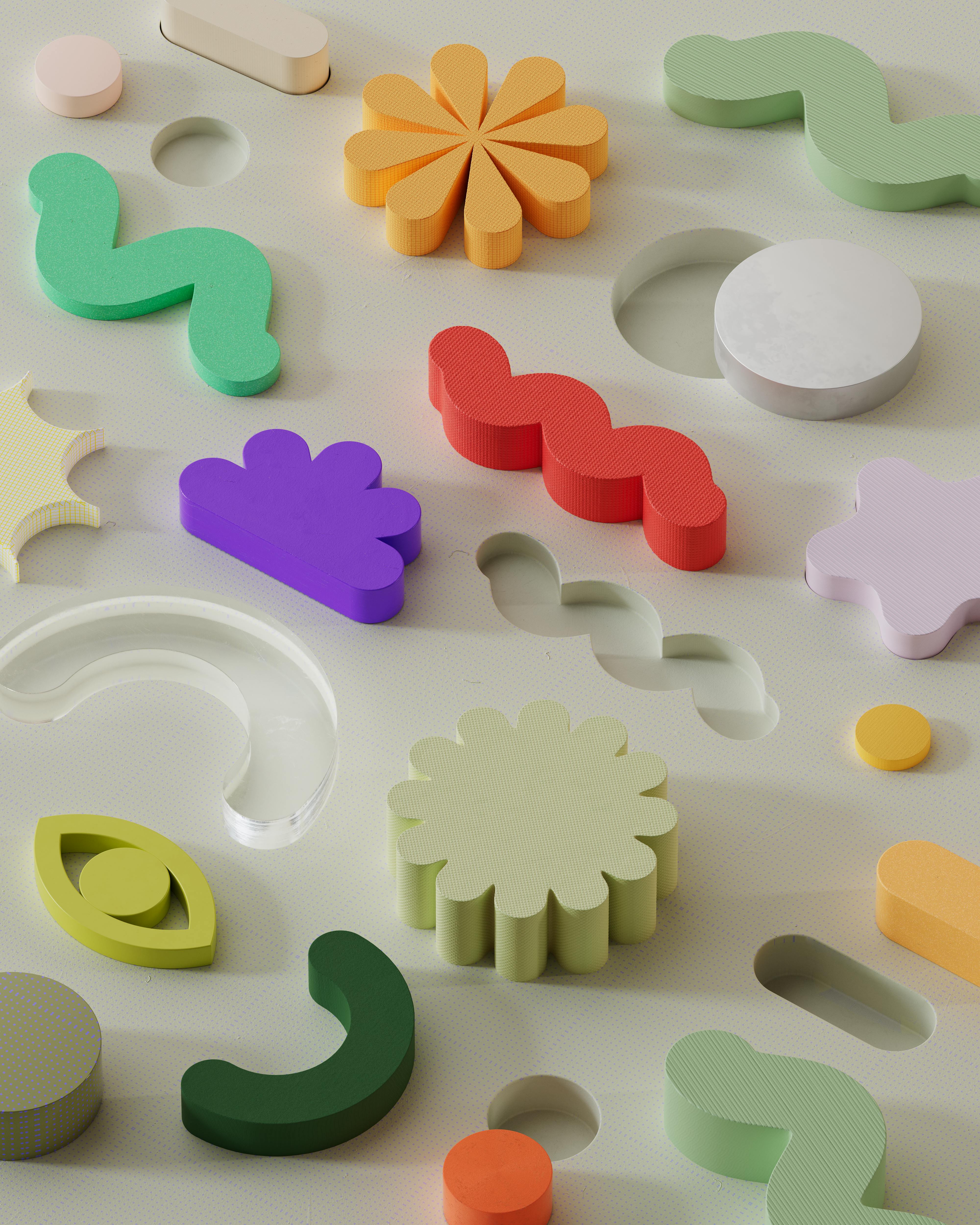Quick Fixes for Common Tech Issues
Restarting the Device
Sometimes, the simplest solution is the most effective. When facing a tech issue, start by restarting your device. This can help resolve many common problems, such as freezing screens, slow performance, or unresponsive apps. By restarting, you give your device a chance to refresh itself and clear any temporary glitches.
Clearing Cache and Cookies
If you experience slow browsing or website loading issues, it may be due to accumulated cache and cookies. To fix this, clear your browser’s cache and cookies regularly. This allows your browser to free up storage space and remove any outdated or corrupted files that could be impacting your browsing experience.
Updating Software and Drivers
Outdated software and drivers can lead to compatibility issues and decreased performance. To ensure your device runs smoothly, regularly check for software and driver updates. Most devices have an automatic update feature, but if not, you can manually check for updates and install them. This will help you stay up-to-date with the latest bug fixes, security patches, and improvements.
By following these quick fixes, you can often resolve common tech issues on your own without the need for professional help. Remember to be patient and carefully follow the steps provided. Happy troubleshooting!

This image is property of images.pexels.com.
## Hardware Repairs and Upgrades
Replacing a Hard Drive
Is your computer running slowly or experiencing frequent crashes? It might be time to replace your hard drive. Don’t worry, you don’t need to be a tech expert to perform this DIY repair. Begin by backing up all your important files to an external storage device. Then, turn off your computer and remove the casing. Locate the old hard drive and disconnect it from the power and data cables. Take the new hard drive and connect it in the same way. Replace the casing and power on your computer. Voila! You now have a brand-new hard drive!
Installing More RAM
Is your computer struggling to handle multiple applications at once? Adding more RAM can solve this problem. Start by turning off your computer and removing its casing. Locate the RAM slots on your motherboard and gently insert the new RAM module. Push it down until you hear a click, indicating it’s securely in place. Put the casing back on, power up your computer, and you’re all set to enjoy better performance!
Upgrading Graphics Card
Is your computer having trouble running graphics-intensive games or software? It may be time to upgrade your graphics card. Begin by identifying the appropriate graphics card for your computer’s specifications. Turn off your computer, remove the casing, and locate the current graphics card. Unscrew it and carefully disconnect it from any power cables or slots. Insert the new graphics card into the relevant slot, secure it with screws, and connect the necessary cables. Replace the casing, power on your computer, and you’ll be amazed at the improved visuals!
Performing DIY tech repairs and troubleshooting common issues doesn’t have to be daunting. With some basic knowledge and the right tools, you can save time and money by fixing your own tech problems. In this section, we’ll guide you through hardware repairs and upgrades that anyone can do. We’ll cover replacing a hard drive, installing more RAM, and upgrading your graphics card. Don’t worry if you’re not a tech whiz – we’ll break it down step by step, making it easy for you to follow along. So let’s get started on your journey to becoming a tech-savvy DIY enthusiast!
Software Troubleshooting
Running a Virus Scan
One common tech issue that you might encounter is a slow or unresponsive computer. Before seeking professional help, you can try performing a virus scan. Many antivirus programs offer free versions that can detect and remove most common viruses and malware. Simply download and install a reputable antivirus software, run a full system scan, and follow the recommended actions to resolve any threats found.
Uninstalling and Reinstalling Software
If you’re facing software glitches or errors, uninstalling and reinstalling the problematic program can often resolve the issue. Begin by accessing your computer’s Control Panel and selecting “Uninstall a program.” Locate the software causing problems, click on it, and choose “Uninstall.” After the uninstallation process is complete, download a fresh copy of the software from the provider’s website and reinstall it following the installation prompts. This can often resolve software-related bugs or conflicts.
Checking for Software Updates
It’s essential to keep your computer’s software up to date to ensure optimal performance and prevent potential issues. Many software developers release regular updates that fix known bugs and security vulnerabilities. To check for updates, navigate to the program settings or options menu and look for an “Update” or “Check for Updates” option. If updates are available, click on the prompt to install them. Regularly updating your software can resolve compatibility issues and enhance overall system stability.
By following these software troubleshooting steps, you can effectively address common tech issues and perform DIY tech repairs. Remember to always research and follow proper guidelines when attempting any repairs or troubleshooting to avoid causing further problems.

This image is property of images.pexels.com.
## Troubleshooting Internet Connection
Restarting the Modem and Router
Sometimes, the simplest solution is the most effective. If you’re experiencing internet connectivity issues, the first step you should take is to restart your modem and router. This can help refresh the connection and resolve any temporary glitches. To do this, locate the power cables of both devices and unplug them from the power source. Wait for about 30 seconds before plugging them back in. Give them a few minutes to boot up and establish a stable connection.
Checking Wi-Fi Settings and Signal
If restarting the modem and router doesn’t solve the problem, the next step is to check your Wi-Fi settings and signal. Ensure that your device is connected to the correct Wi-Fi network and that the password is entered correctly. Additionally, make sure your device isn’t too far away from the router, as this can weaken the signal. If you have multiple devices connected to the network, try disconnecting some of them to see if it improves the connection.
Contacting Internet Service Provider
If none of the above steps resolve the issue, it’s time to reach out to your internet service provider. They can help you troubleshoot further and determine if there is a larger network issue that needs to be addressed. Be prepared to provide them with information, such as your account details and a description of the problem. They may be able to guide you through additional steps or send a technician to your location if necessary.
Remember, troubleshooting internet connection issues can be frustrating, but by following these steps, you can often resolve the problem on your own without the need for professional help.

This image is property of images.pexels.com.
## Fixing Slow Performance
If your device is experiencing slow performance, there are a few DIY tech repairs you can try to troubleshoot the problem. These methods can help improve your device’s speed and overall performance.
Closing Unnecessary Programs and Processes
One of the first things you can do is close any unnecessary programs and processes that may be running in the background. These can consume valuable system resources and slow down your device. To close programs, simply click on the “X” button in the top right corner of the window. For processes, you can use the Task Manager to identify and end any unnecessary tasks.
Disk Cleanup and Defragmentation
Performing a disk cleanup and defragmentation can also help improve the speed and efficiency of your device. The disk cleanup tool removes unnecessary files and frees up storage space, while defragmentation reorganizes fragmented files on your hard drive for faster access. You can access these tools by searching for “Disk Cleanup” and “Defragment and Optimize Drives” in the Start menu.
Disabling Startup Programs
Another common cause of slow performance is having too many startup programs running when you turn on your device. These programs can significantly slow down your device’s boot-up time. To disable startup programs, open the Task Manager and navigate to the Startup tab. From there, you can choose which programs you want to disable from launching at startup.
By following these DIY tech repairs, you can troubleshoot slow performance issues on your own and improve the overall speed and efficiency of your device.
Troubleshooting Audio and Video Issues
Checking Audio and Video Connections
To troubleshoot audio and video issues, start by checking your connections. Ensure that all cables are securely plugged in and that there are no loose connections. Inspect the audio and video cables for any damage or fraying. If you suspect a faulty cable, try using a different one to see if it resolves the problem. Additionally, check if the input source is correctly selected on your device, such as the correct HDMI input for your TV or the audio output for your speakers.
Updating Audio and Video Drivers
Outdated audio and video drivers can often cause issues with playback. To update these drivers, visit the manufacturer’s website for your device or search for the specific driver online. Download and install the latest driver version compatible with your operating system. After installation, restart your device to ensure the changes take effect.
Adjusting Playback Settings
Sometimes, audio and video issues can be resolved by adjusting your playback settings. In the audio settings, make sure the volume is turned up and that the correct audio device is selected. For video settings, verify that the resolution and aspect ratio are appropriate for your display. You can access these settings in the control panel or system preferences of your device.
By following these troubleshooting steps, you can effectively address audio and video issues yourself, saving time and money in the process. Remember to always consult the user manuals or online support resources specific to your devices for further guidance.
Resolving Hardware Compatibility Problems
When it comes to DIY tech repairs, one common issue you may encounter is hardware compatibility problems. This can happen when you add new hardware to your computer and it doesn’t work as expected because it is not compatible with your system. Luckily, there are a few steps you can take to resolve these issues.
Installing Compatible Drivers
One of the first things you should do when experiencing hardware compatibility problems is to check if there are any drivers specifically designed for the hardware you’re using. Drivers are software programs that allow your operating system to communicate with your hardware. Visit the manufacturer’s website or use a driver update utility to find and install the appropriate drivers for your hardware.
Updating BIOS
Another step you can take is to update your computer’s BIOS (Basic Input/Output System). The BIOS is responsible for controlling the hardware on your computer, and updating it can often resolve compatibility issues. Check your motherboard manufacturer’s website for the latest BIOS updates and follow their instructions to install them.
Checking Hardware Compatibility List
It’s also important to determine whether your hardware is listed on the hardware compatibility list for your operating system. This list includes devices that have been tested and confirmed to work properly with specific operating systems. If your hardware is not listed, it may not be fully compatible. Consider contacting the manufacturer for further guidance or look for alternative hardware options that are supported.
By following these steps, you can effectively resolve hardware compatibility problems and ensure that your DIY tech repairs go smoothly.
DIY Laptop Screen Repair
Is your laptop screen cracked or scratched? Don’t worry, with a little DIY knowledge, you can easily repair it yourself! Here are a few simple steps to help you fix common laptop screen issues.
Fixing Cracks and Scratches
If your laptop screen has minor cracks or scratches, you can try repairing them using some household items. Start by cleaning the screen with a microfiber cloth to remove any dust and dirt. Next, apply a small amount of toothpaste or baking soda mixed with water to the affected area. Gently rub the mixture on the screen using a soft cloth in a circular motion. Afterward, wipe off the residue with a clean, damp cloth and let it dry.
Replacing a Broken Screen
If your laptop screen is severely damaged or completely shattered, you may need to replace it. Start by finding a replacement screen that is compatible with your laptop model. Then, carefully remove the broken screen by unscrewing any screws or clips holding it in place. Disconnect the cables and remove the old screen. Install the new screen by connecting the cables and securing it with screws or clips. Finally, turn on your laptop to test if the replacement was successful.
Adjusting Display Settings
Sometimes, laptop screen issues can be fixed by adjusting the display settings. If the screen appears too dark or too bright, you can adjust the brightness by pressing the function key on your keyboard along with the corresponding brightness control key. Additionally, you can check the resolution settings and make sure they are set correctly. Simply right-click on your desktop, select “Display settings,” and adjust the resolution slider to a suitable level.
By following these simple DIY techniques for laptop screen repairs, you can save money and have your laptop working like new again. So, why wait? Give it a try and enjoy a hassle-free tech experience!
Fixing Overheating Issues
If you’ve noticed your tech devices overheating, there are a few DIY tech repairs you can try before seeking professional help. Overheating can lead to performance issues and potentially cause your devices to shut down unexpectedly. Here are some steps you can take to troubleshoot and resolve overheating problems.
Cleaning Dust and Debris
One common cause of overheating is a buildup of dust and debris inside your devices. To fix this, start by powering off your device and disconnecting any power source. Use a can of compressed air to blow away dust from the vents and crevices. You can also use a soft brush or a small vacuum to remove stubborn debris. Regularly cleaning your devices will improve airflow and prevent overheating issues.
Improving Ventilation and Airflow
Ensure that your devices have adequate ventilation space. Avoid placing them on surfaces that can obstruct the airflow, such as thick carpets or blankets. If you’re using a laptop, use a cooling pad or elevate it with a laptop stand to improve airflow underneath. Additionally, avoid using your device on soft surfaces like beds or sofas, as they can block air vents.
Applying Thermal Paste
Over time, thermal paste, which helps transfer heat from the device’s components to the heatsink, can deteriorate. If you notice your device consistently overheating, it may be time to reapply thermal paste. Start by carefully removing the heatsink and cleaning it using isopropyl alcohol and a lint-free cloth. Next, apply a thin layer of thermal paste on the processor and reattach the heatsink. This should help improve heat dissipation and prevent overheating.
By following these simple DIY steps, you can address overheating issues and keep your tech devices running smoothly. Remember to always prioritize safety and consult professional help if needed.
Data Recovery Methods
Accidents happen, and sometimes, you might find yourself facing the dreaded situation of losing important data on your devices. But fret not, as there are several DIY data recovery methods you can try to retrieve those precious files.
Using Data Recovery Software
One popular and user-friendly method is using data recovery software. These programs are designed to scan your device’s storage for lost or deleted files and help you recover them with a few simple steps. With just a few clicks, you can restore photos, documents, videos, and more, giving you peace of mind.
Contacting Professional Data Recovery Services
If your DIY attempts fail or the situation seems too complex to handle yourself, it might be time to seek assistance from professional data recovery services. These experts have advanced tools and techniques to retrieve data from damaged devices or complete system failures. While this option might come with a cost, it’s worth considering, especially if the lost data is business-critical or sentimental.
Recovering from Backup
Prevention is always better than cure, so keeping regular backups of your important files should be a top priority. In the event of data loss, you can restore files from your backup, ensuring that your valuable information is safely preserved. Whether it’s using external hard drives, cloud storage, or dedicated backup software, having a reliable backup system can save you hours of stress and frustration.
Remember, DIY tech repairs and troubleshooting common tech issues can be rewarding, but it’s essential to understand your limits and seek professional help when needed. With the right tools and techniques, you can overcome these challenges and keep your devices running smoothly.
